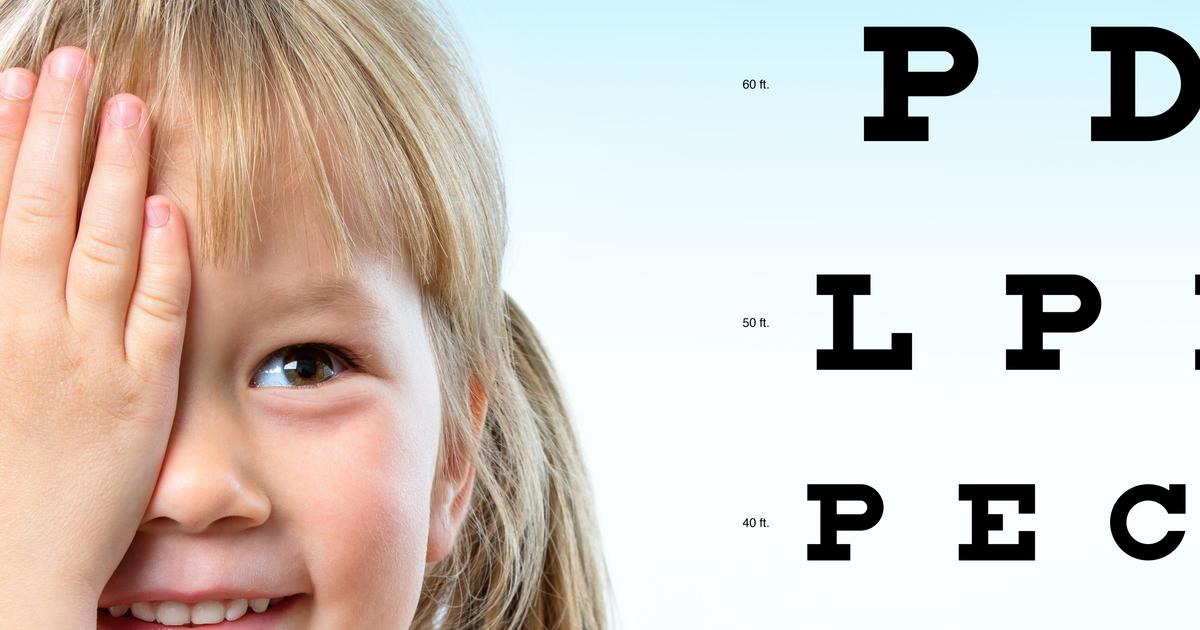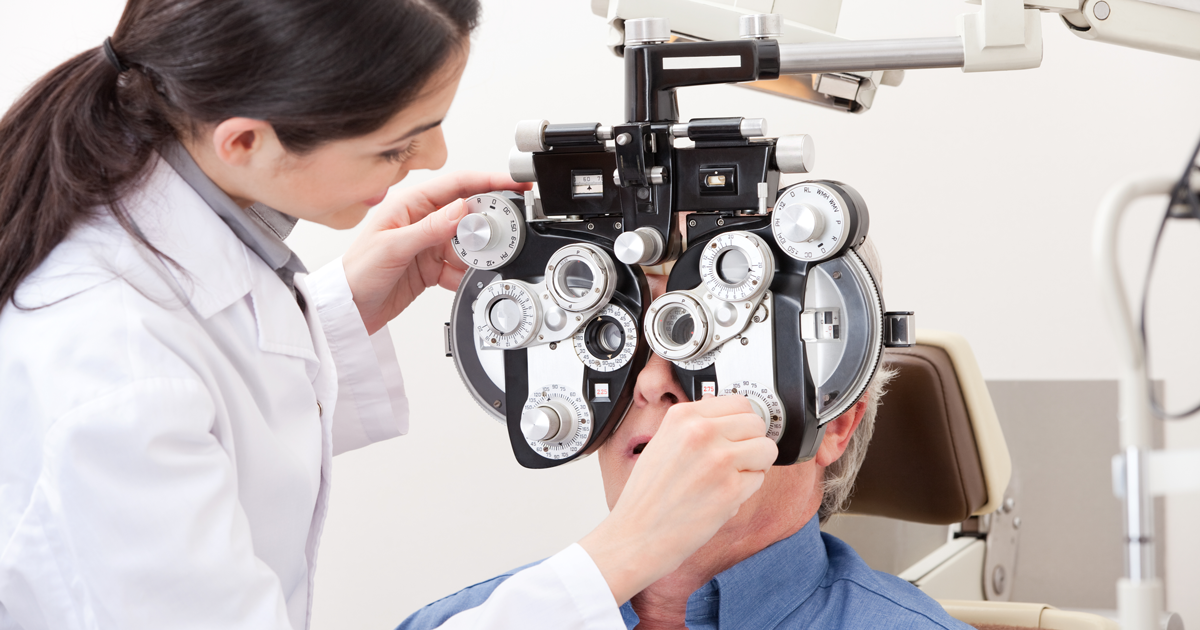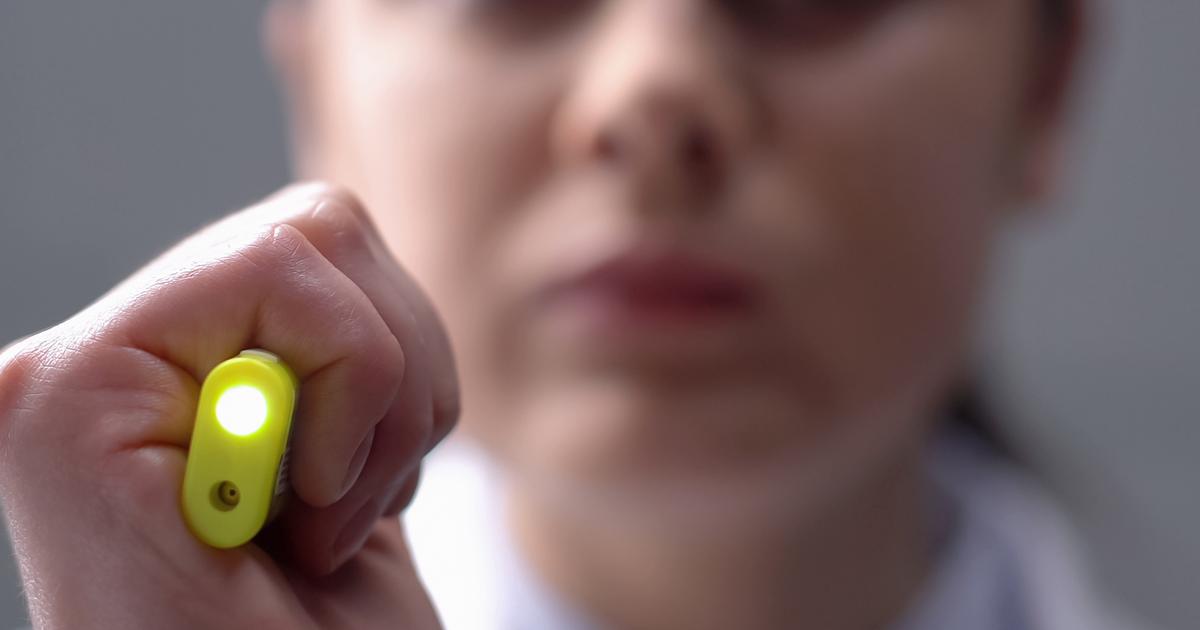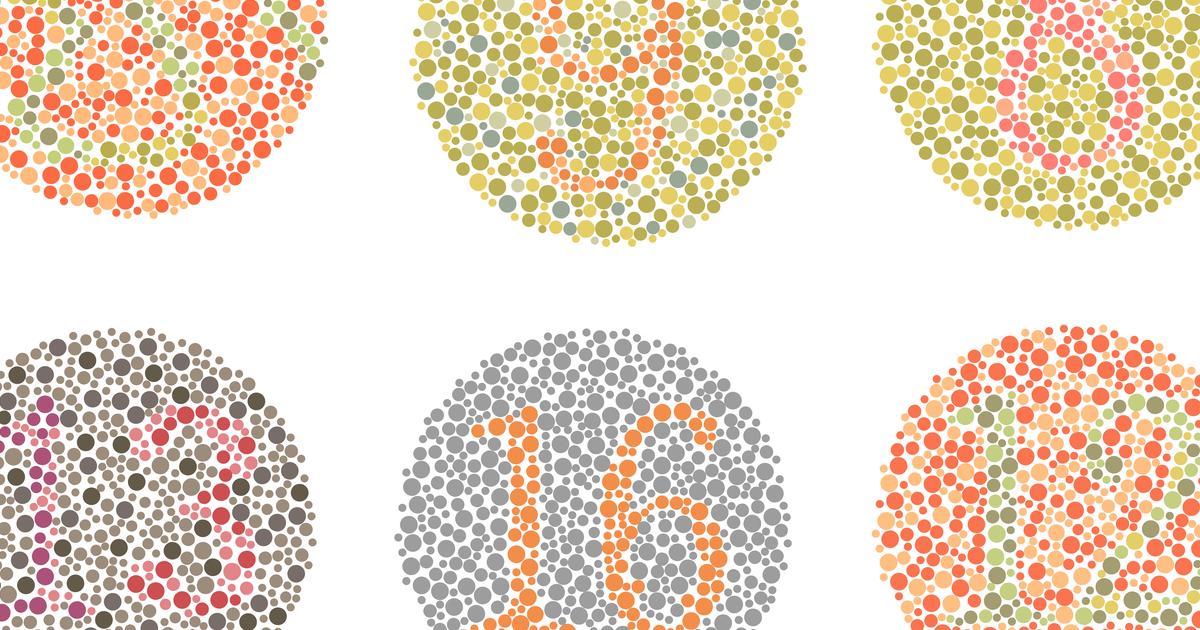Guide To The Different Eye Tests
Other than when asleep, eyesight is an integral part of nearly every activity individuals engage in on a day-to-day basis. Surfing the internet, driving, reading, and watching television all involve vision. Thus, protecting eye health is important to daily life. The best way for individuals to protect their eye health is to have regular eye exams with an optometrist. There are several eye tests an optometrist will use when assessing the health of a patient's eyes. If they think a patient may have an eye disease that can't be corrected with glasses, they may refer them to an ophthalmologist, an expert who specializes in eyes and eye diseases.
Knowing what to expect from different eye tests can help patients prepare for their appointment.
Test For Visual Acuity

The test for visual acuity is the best-known test performed by an eye doctor. During this test, a sign is positioned at a specified distance. Patients will cover one eye at a time and read the sign. The optometrist measures the responses to determine how the level of vision in each eye compares to 20/20 vision. An individual with 20/20 vision can see details at twenty feet an average functional eye can. There aren't any risks to a visual acuity test, and they're a standard part of eye exams. For children, visual acuity tests are often a routine part of yearly physicals. This helps the pediatrician determine whether the child's eye is developing correctly. In addition to undergoing this test at the eye doctor's office, patients will likely undergo it at the driver's licensing bureau to prove they can see well enough to drive. There are two main types of visual acuity test. A Snellen test is the best known and uses a chart of symbols or letters. A Random E test shows patients the letter E, and they have to determine which way it's pointing.
Read more about the different eye tests now.
Refraction Test

A refraction test, sometimes just called a vision test, occurs during a routine eye exam. Not all eye exams test a patient's vision, but this one does. The goal is for the optometrist to determine exactly what glasses or contact lens prescription will give their patient 20/20 vision. An individual who has 20/20 vision can read letters less than half an inch tall from twenty feet away. Those who don't have 20/20 vision are experiencing a refractive error. When the light passes through the lens of the eye, it's not centering correctly on the retina. An eye doctor uses a refraction test to determine what lens will refract the light onto the retina, allowing an individual to have 20/20 vision. In addition to telling the doctor whether prescription lenses are necessary, it indicates the exact prescription lens the patient should be using. The test results can be used to diagnose age-related presbyopia, nearsightedness, farsightedness, and astigmatism.
Get more details on the different eye tests out there now.
Glaucoma Test

A glaucoma test is a routine part of a complete eye exam. There are five different tests commonly used for glaucoma detection. Early detection of glaucoma is necessary if patients want to protect their eyes against permanent damage from glaucoma. Before forty years old, individuals should get glaucoma tests done every two to four years. Between forty and fifty-four years old, that period changes to every one to three years. From fifty-five to sixty-four years old, the period is every one to two years. Since individuals over sixty-five years old are at a much higher risk for glaucoma, they should get a test done every six to twelve months. A tonometry test is used to examine the pressure of the inner eye. A dilated eye exam allows the doctor to determine the color and shape of the patient's optic nerve. A visual field test determines whether individuals have a complete field of vision. To measure the thickness of the cornea, the doctor will use a pachymetry test. Finally, a gonioscopy determines the angle at which the iris meets the cornea inside the eye.
Continue reading to reveal more information on eye tests now.
Retinoscopy

A retinoscopy is used to get an exact measurement of a refractive error in an individual's eyes. The doctor will use a retinoscope, a tool that shines light into the eye. They then observe the way the light reflects off the patient's retina. As the practitioner moves the light, they observe the way the reflective angle changes. Some doctors will observe the movement of the light relative to the patient's reflexes. Others will put a lens over the patient's eye as they try to neutralize the reflexes. Manual placement of lenses includes trial lenses and a trial frame. A retinoscopy can help a doctor prescribe glasses or contact lenses for patients who can't undergo an average refraction test. For example, patients with serious communication problems or intellectual disabilities may struggle to communicate about which image in a standard refractive test is clearer. In addition, this test can detect hyperopia and evaluate the eye's accommodative ability.
Learn about eye tests for color next.
Color Test

A color test is often used to determine whether patients have a deficiency in their color vision, most commonly called color blindness. There are several different types of color blindness. Two kinds of color tests exist. The first type is screening tests, which can determine if there is an issue with an individual's color vision, and more detailed and quantitative tests can be used afterward. If individuals have a color deficiency, these tests help determine the type of deficiency and the severity of color blindness. The test most commonly used for screening is called the Ishihara Color Vision Test, which involves colored dots with numbers in the center. Individuals with color deficiencies won't be able to distinguish the number because all the colors will look the same way. This test can sometimes help determine the type of color blindness an individual has as well.
